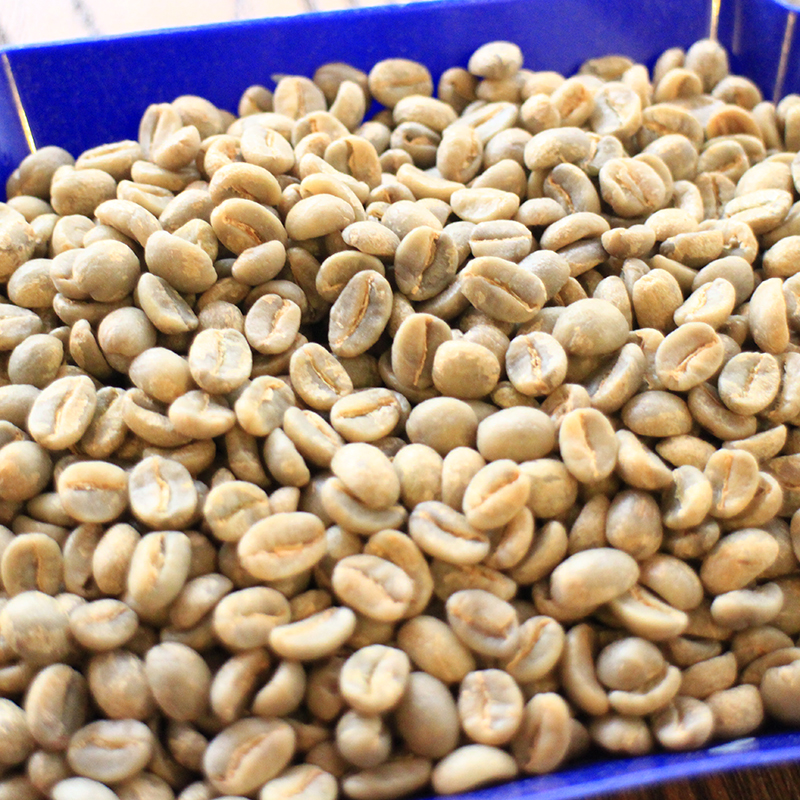The choice of novice coffee maker espresso blending ratio
First of all, we have to see what the purpose of Espresso coffee is. We say that if any kind of coffee appears in the form of a single product, it has the characteristics, that is, it has both advantages and limitations in taste. The purpose of the combination of Espresso is to express the taste of the baker. In other words, the taste of Espresso coffee is designed by the roaster. In order to make the taste more hierarchical, spatial and complex, such a design can not be fully included in a single cup of coffee. Then the roaster must find a single coffee with taste elements and mix it in different proportions according to the taste design expectations, rather than simply piling up some famous coffee according to subjective speculation. For example, Costa Rica and Guatemala, and even some famous manor coffee. They are all excellent coffees alone, but if they are subjectively mixed just because they are famous coffees, then uncle bean really does not know what the purpose of blending is. Is it just because it's all famous coffee? Then the so-called many kinds of famous coffee, blended together, may not be able to get an excellent taste.

3. The application of Robusta coffee in Espresso blended coffee.
Many friends think that as long as there is Robusta in Espresso coffee blending, it must be a bad thing. Is that really the case? So is 100% Arabica coffee definitely better in taste than Espresso, which uses Robusta coffee? The answer to this question is of different opinions. I remember a barista friend told me that points would be deducted if you use coffee with Robusta in a coffee competition. So is the question really like this? uncle Dou has not verified it. I remember that in 2002, when I first started the industry, in Milan, Italy, there were several Italian roasters who wanted to sell their products to China. After seeing and tasting their products, their products are mixed with 30%Robusta and 50% Arabica. Of course, the latter is more expensive than the first two. This also shows that the use of Robusta coffee is common among local roasters in Italy. Of course, some friends will say that they are commercial beans, not boutique coffee. Please forgive Uncle Dou for not developing this question any more. In short, the child has no mother, it's a long story.
After saying so much, you may think that my answer is that I can't agree and say nothing. But I have listed these Espresso coffees, and I just want to make one point: let's put aside the differences between different genres and talk about the taste of the coffee and the state of the cup. There is no such thing as a principle for Espresso coffee blending. When blending and evaluating a blended coffee, you have to know what you want. Because coffee goes like this: if there is no what you want, then there is no answer to what it is. The criteria for testing what it is must be based on what you want. Fancy coffee, for example, can withstand the addition of a lot of milk if it uses 100% Arabica coffee and is lightly roasted. Either deepen the baking or add Robusta, or the taste of the fancy coffee will become erratic, blurred and unclear. So the most important thing about coffee is that we must answer what we want before we do anything. And those practices must be clearly identifiable in achieving the taste effect, rather than the self-suggestion in the subjective image.
Important Notice :
前街咖啡 FrontStreet Coffee has moved to new addredd:
FrontStreet Coffee Address: 315,Donghua East Road,GuangZhou
Tel:020 38364473
- Prev

The style and flavor of espresso mixed with coffee beans
Espresso, which means fast coffee, is also called espresso or espresso. A small cup of coffee dominates coffee drinking habits all over the world. It can become the latte, cappuccino, mocha, macchiato and so on that we often drink. At present, there are more than 10, 000 kinds of Italian fancy coffee recorded, so Espresso is a popular coffee drink in the world.
- Next

Italian bikini with coffee slimming coffee espresso with beans
The blending of several kinds of noodle coffee has the unique taste of deep baking, good taste, and proper sour taste. 1. 40% of the city-wide roasted Colombian Tuluni coffee-for better taste (it can also be other Colombian coffee, Nicaraguan La Illusion, or Brazilian Monte Carmelo coffee) 20% or 30% French roasted coffee
Related
- Beginners will see the "Coffee pull flower" guide!
- What is the difference between ice blog purified milk and ordinary milk coffee?
- Why is the Philippines the largest producer of crops in Liberia?
- For coffee extraction, should the fine powder be retained?
- How does extracted espresso fill pressed powder? How much strength does it take to press the powder?
- How to make jasmine cold extract coffee? Is the jasmine + latte good?
- Will this little toy really make the coffee taste better? How does Lily Drip affect coffee extraction?
- Will the action of slapping the filter cup also affect coffee extraction?
- What's the difference between powder-to-water ratio and powder-to-liquid ratio?
- What is the Ethiopian local species? What does it have to do with Heirloom native species?

